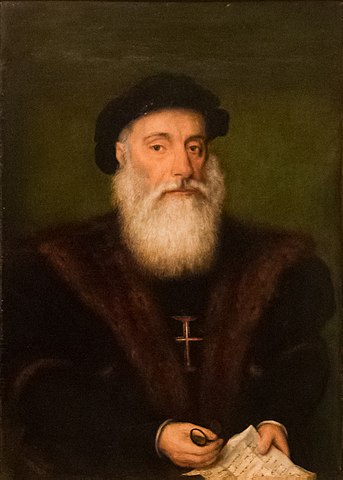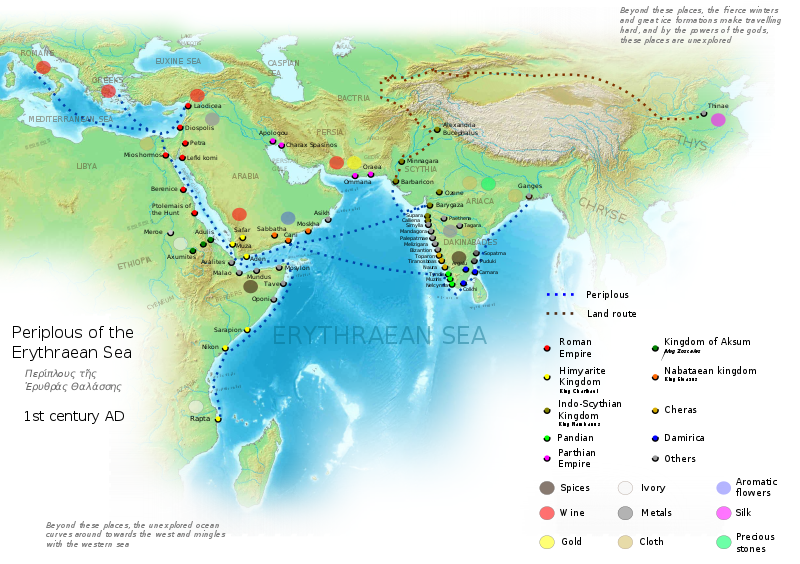The Resurgence of the Gospel, Part One: The Medieval Prologue and the Remapping of the World

Vasco da Gama, 1st Count of Vidigueira and Viceroy of Portuguese India, was the first to link Europe and Asia by an ocean route.
Image: Wikimedia Commons
From there the story of the resurgence of the Gospel out of Edesssa in Capadocia, out of Nisibis close to the Caspian Sea into what is now Iran, and out of Antioch on the Orontes and into the Arabian Peninsula and across the Arabian Sea to India and then to Sri Lanka. In the story about to be told, we will deal with the impact of the Moslem advance and meet with Timothy II, the bishop of the church in the new city of Baghdad, before the Moslem caliph. We will meet up with Marco Polo, the merchant of Venice, who in the 1200’s, found his way to China. We will begin to end with the Fall of Constantinople before the Ottoman Turks, which set into motion the creation of ocean-going ships able to navigate the Atlantic, the Indian Ocean, and facilitate the spread of the Gospel into Southeast Asia and across the Atlantic to the Americas. The first were the Portuguese and then the Italians. Among the first of these was Vasco da Gama, the Portuguese navigator, whose ship rounded Africa to then sail on toward what is now Mumbai, India. The other was John Caboto, better known as John Cabot, and Cristobal Colombo, better known as Christopher Columbus, both of whom reached North America, Cabot in Canada, and Columbus in what is now known as the Dominican Republic. The resurgence and globalization of the gospel began with the eastward movement.
The Medieval Prologue
The resurgence and globalization of the gospel began with the eastward movement.
This gradual replacement of the Roman Empire which stretched from the northern flow of the Euphrates river to the Atlantic with a formative group of nascent “states” called for a new style of evangelism which emanated principally from Ireland back into Europe. What is not as well-known is the response of the eastern side of the Roman Empire composed of the Balkans, the city of Constantinople, Armenia, and the Near East. In the latter-half of the 200’s, Gregory Thaumaturgus, a former student of Origen brought the gospel into the lands facing the eastern shore of the Black Sea. This included northern Cappadocia, Armenia, and Georgia and the Caucasus mountains. Gregory the Illuminator is credited with the conversion of the Armenian king Tiridates (A.D. 261-317).

Map of the Periplus (trading port log) of the Erythreaen (Eritrean) Sea.
Image: George Tsiagalakis / CC-BY-SA-4 licence
For a long-time Antioch was the launching pad of evangelists who traveled south along the Tigris and Euphrates rivers. By the Early 300’s new Christian outposts existed at Edessa in eastern Cappadocia and at Nisibis near the southern shore of the Caspian Sea. By the late 300’s Christians also entered eastern Arabia and established themselves on Arabia’s southwestern shorelines where Yemen and Aden are today. By the 400’s, the Christian Himyarite kingdom existed there. This extension of the Christian mission but followed the old route through the Red Sea which was used for almost four hundred- some years by Hellenistic and Roman navigators involved in trade in the Arabian Sea and the Persian Gulf. An ancient manuscript Periplus Maris Erythraii tells of extensive trade of Rome with the west coast of India. Both Seneca, a contemporary of Paul the Apostle, and later Pliny the Elder, both referred to the trade with southern Asia. The port of Charax Spasinu (fortress capital of the Sassanid province of Characene) on the Persian Gulf was a Roman port-of-call as was also Myos Hormos on the Red Sea. This gives credence to a story about Thomas, an apostle of Jesus, who boarded ship for India and spread the gospel on India’s western shore.
Category: Church History, Summer 2018


